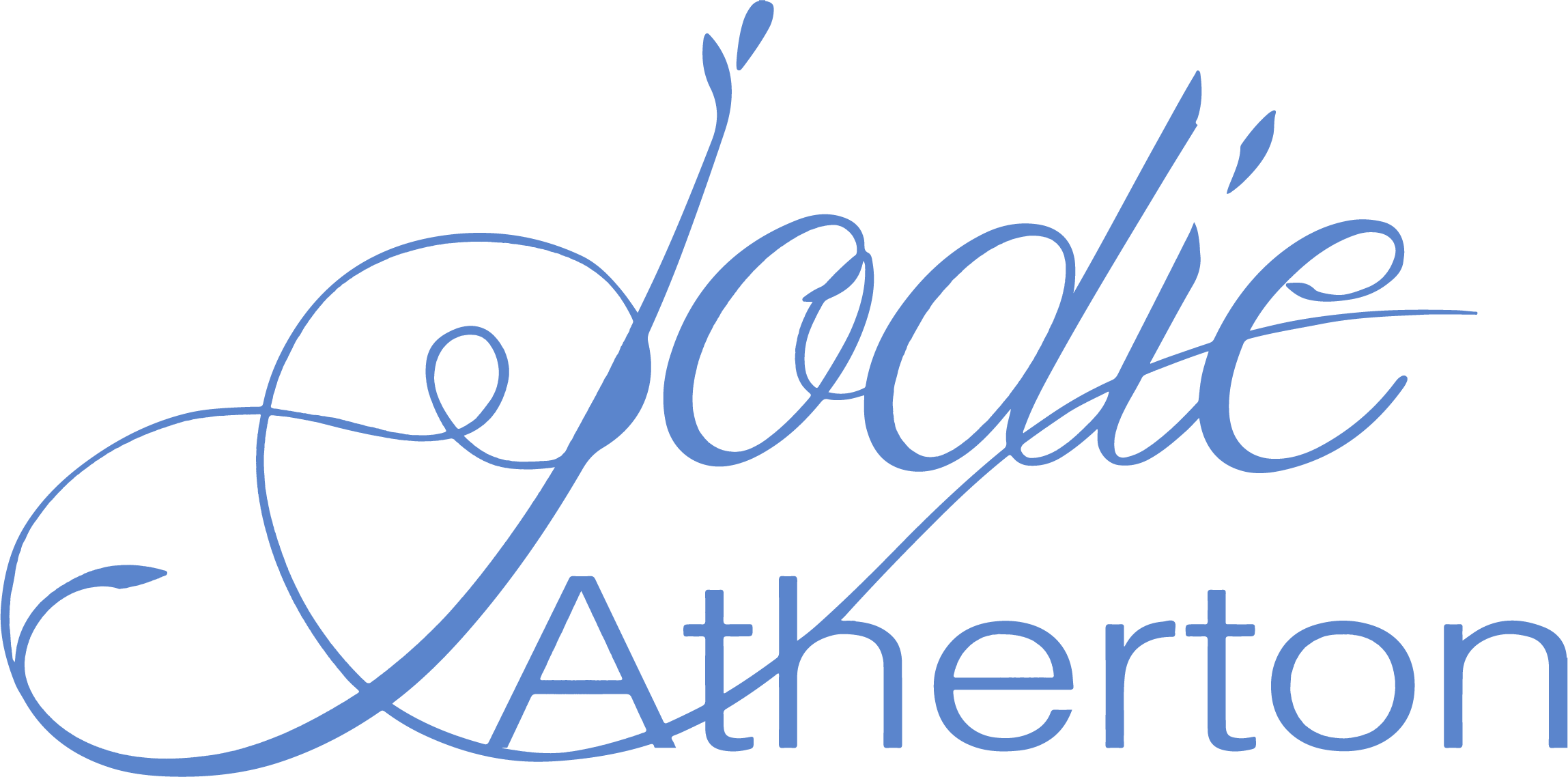Click to view larger
Regeneration
Regeneration.
In. Side. Out.
Nesting.
We have all felt turned inside out at one time or another. It is in times of turmoil that often break us free from old, un-serving patterns. This cycle, including death, brings new life.
The inside is what we know to be true, where we house our true soul. Conversely the outside, what most people see first is broken and yet delicate and sharp all in one. The jar is broken, the container and contents scattered. Remnants of vintage jars and bottles found on the prairie, form a beautiful mosaic encapsulating the shell of ourselves in a shrine to what once was.
An egg, a heart, or in this case a female figure has outgrown a version of her life and flown away. Broken is beautiful and with a nod to the Japanese technique Kintsugi of mending pottery with gold, I remind you that the cracks are how the light gets in. A river of gold, holding her together, the viewer yearning to know more. A nest holding our daily practice of putting life back together, to regenerate. This sculpture was inspired from a photograph in an article in the July 2012 National Geographic I saw at my chiropractors office, you just never know where you will find inspiration.
© 2025 Jodie Atherton
Regeneration
Medium: Ceramics, Prairie Glass, grout, vintage Ball jar freezer lid, natural found objects, handmade flowers, paint
8″ x 11″ x 14″
Price: $3,200
More About Regeneration

What JP spotted in the field.
This figurative mosaic sculpture was created from the field jacket of an extinct T-rex found in Niobrara County, WY who roamed as a predator in the Late Cretaceous Formation. The Cretaceous Formation is a period famous for both the appearance of flowering plants and the mass extinction of dinosaurs. This T-rex fossil is housed, and on display in a building at the Tate Geological Museum at Casper College, Casper, WY. It was found in 2005 by JP Cavigelli, identified in 2010, collected in 2011, prepared in the lab from 2011 to 2014.
The entirety of this specimen includes about 22 vertebra, left pelvis, right ischium,left femur, left side dorsal ribs and some chevrons, all in articulation. The jacked also holds the right side ribs, additional chevrons, scapula, two cervical ribs and two partial cervical vertebrae in disarticulation.
Currently, this T-rex specimen is the only one of its kind to stay found in Wyoming to stay in Wyoming.

The bone that was incased in the plaster jacket that this mosaic was created on.
I was lucky enough to be part of the crew that excavated this 25,000 pound dinosaur for just over a month during the summer of 2011. The dinosaur bone in the paster jacket that my mosaic is from Tate spec No v2222. This bone is v2222-21, an unidentifiable piece of bone that was found and jacketed while in the field.
Dinosaur Mosaics are one-of-a-kind sculptures that are about recycling, history, and the melding of art and science. I created this mosaic on a plaster jacket used to transport a fossil safely from the field, back to a museum prep lab.
Special thanks to J-P Cavigelli and Russell Hawley, Tate Geological Museum, Casper College, WY
T-rex
Found in Niobrara County, WY
Late Cretaceous Formation , 66 million years old
This specimen is houses at the Tate Geological Museum in Casper, WY

Lee Rex specimen with people for scale

Lee Rex Digitized








